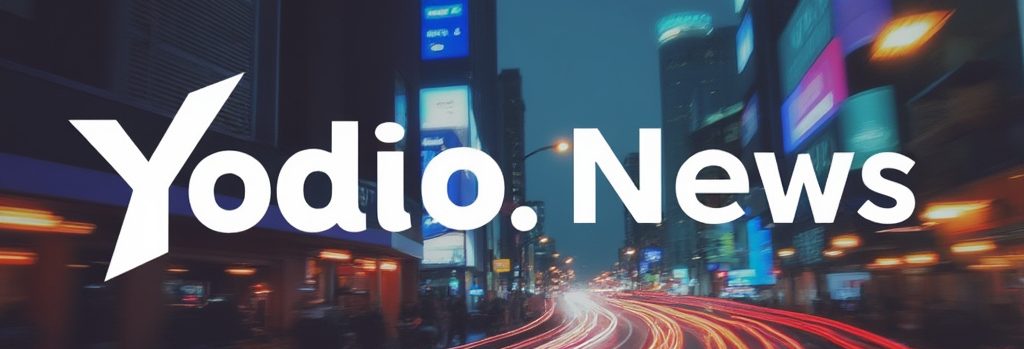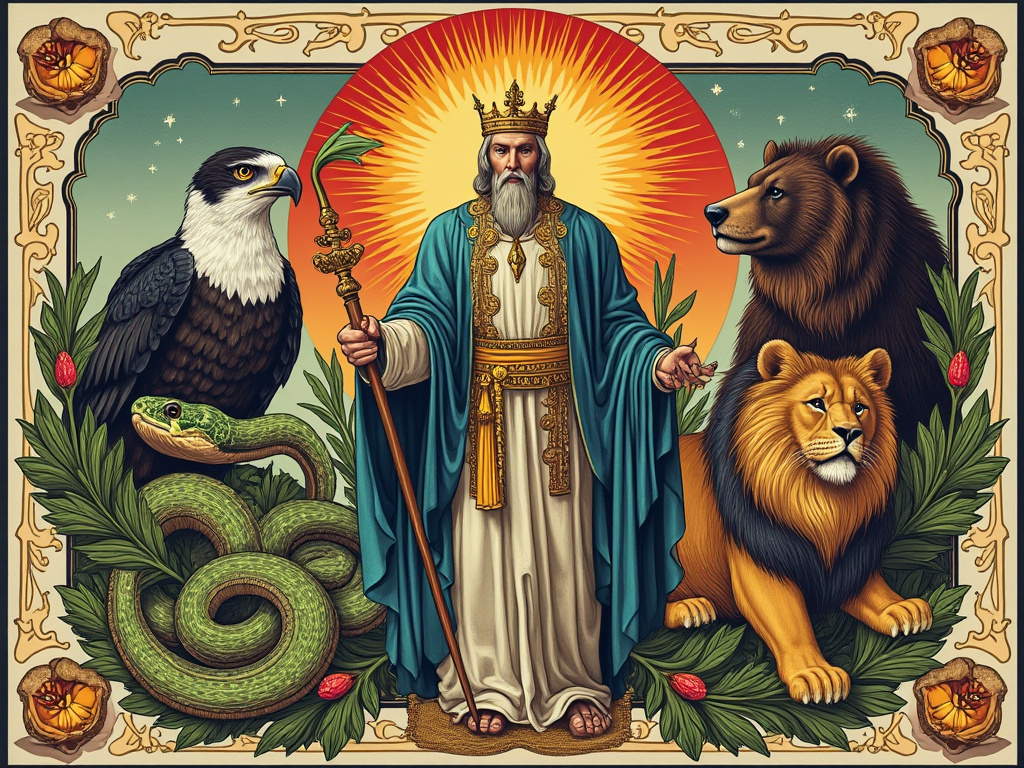Answer
Inflation in economic terms refers to the increase in the general price level of goods and services in an economy over a period of time. Here are the key points to understand about inflation:
- Price Levels Rise: When economists talk about inflation, they’re usually discussing how the prices for things like food, housing, healthcare, education, and other goods and services are going up across the board, not just for specific items.
- Currency Value: Inflation often reflects a decrease in the purchasing power of a currency. Simply put, if the inflation rate is 2%, it generally means that what $1 could buy last year now requires $1.02 to purchase. Your money buys less than it used to.
- Inflation of Money Supply: One way to think about what is inflating is the money supply. If more money is printed or created (money supply inflation) without a corresponding increase in goods and services, each unit of money becomes less valuable. This is often explained with the analogy of too much money chasing too few goods.
- Demand-Pull Inflation: This happens when demand for goods and services exceeds their supply, which can lead to price increases as sellers can charge more due to high demand.
- Cost-Push Inflation: This occurs when the costs of production increase, leading businesses to raise prices to maintain their profit margins. Examples include increases in wages, raw material costs, or through external shocks like oil price increases.
- Built-In Inflation: Also known as wage-price spiral, where workers demand higher wages to keep up with rising costs, and in response, companies increase prices to cover the higher wage costs, leading to a feedback loop of inflation.
- Measurement: Inflation is typically measured by changes in a Price Index, like the Consumer Price Index (CPI) or the Producer Price Index (PPI), which track changes in prices paid by consumers or received by producers, respectively.
- Effects: Moderate inflation is often seen as a sign of a growing economy, but high inflation can lead to a decrease in consumer confidence, an increase in costs for businesses, and could potentially spiral into hyperinflation if not managed properly.
So, in essence, inflation represents the inflation of the money supply relative to the available goods and services, or the increase in the level of prices for these goods and services. This means that when we talk about inflation, we’re talking about the inflation of the general price level in an economy.






